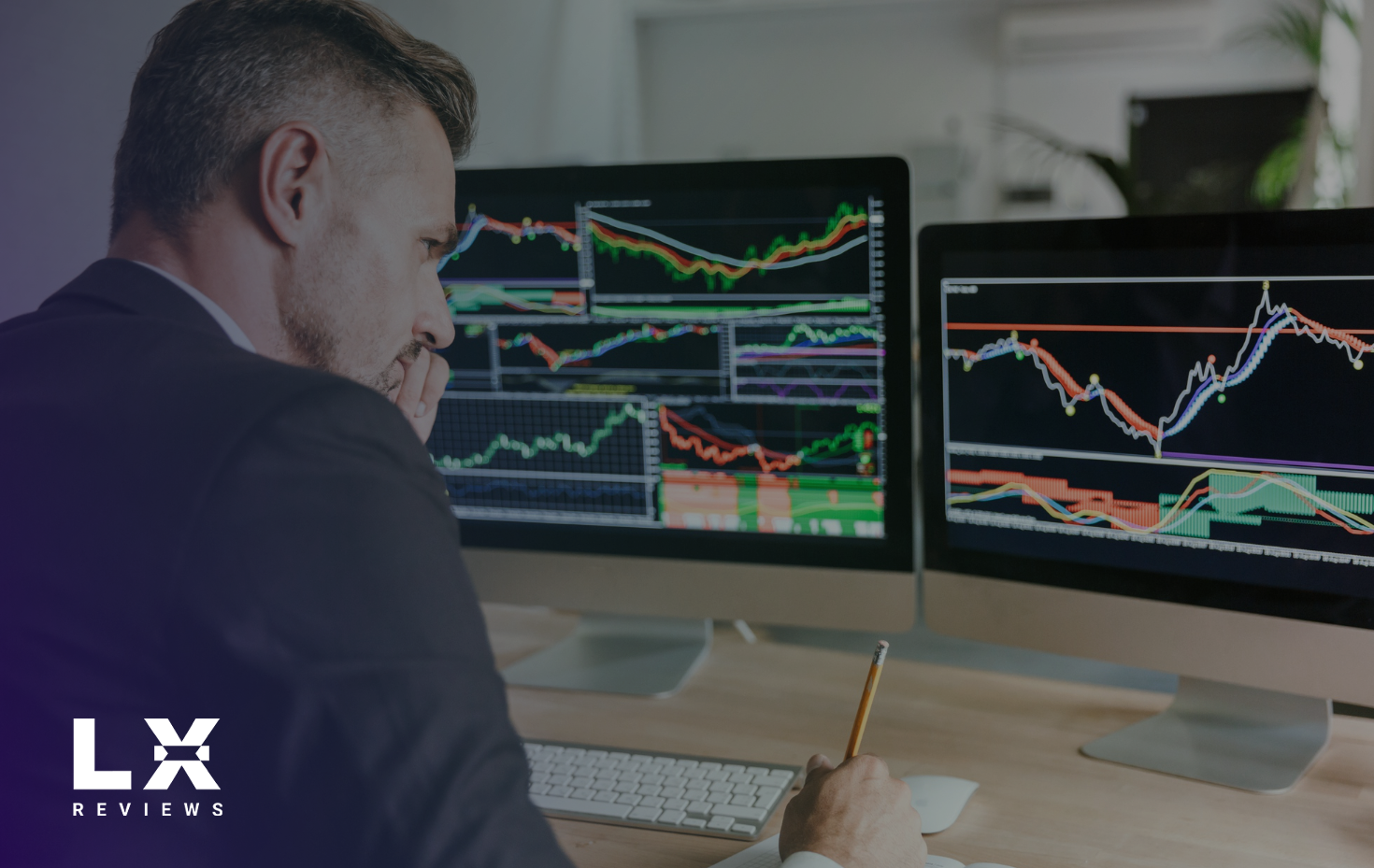Needless to say, stock trading needn’t be accomplished through simple, straightforward buying of shares. However, there does exist a different class of methods through which stocks are traded or investments made based on price trends.
Such variations of stock trading also include options, futures, and leveraged instruments. Indeed, each group provides an arena for making remarkable profits. And their huge profits normally come hand-in-hand with intense risks. In this article, we’ll explore the intricacies of these advanced trading strategies, examine their potential benefits and pitfalls, and offer insights on how they can be integrated into an investor’s portfolio.

Understanding Options Trading
Options trading is accomplished by buying and selling contracts in which traders may, but aren’t obligated, to buy or sell a particular stock at some point in the future at an agreed-upon price. There are, in general, two types of options: call and put options.
- Call options, on the other hand, grant an option holder the ability to buy some stock at any time before expiry at a specific strike price.
- Put options provide the owner with the ability to sell stock at a particular price before expiration.
Options come into use for the purpose of hedging, speculation, and even earning income.
1. Hedging Using Options
Hedging against future losses in the position of some underlying stock is one of the most frequent purposes of options. Correspondingly, for protection when investing long in a stock, put options are bought. In this case, if the underlying stock’s price declines, profit from the options can be balanced against loss in the position.
For instance, an investor who has shares in a company and feels that there is a potential downside risk may buy a protective put to limit the potential loss while still participating in the upside.
2. Options Speculation
Options also allow traders to speculate, with relatively small initial investments, on movements in prices. Traders increase exposure to changes in prices of an underlying asset by buying call or put options. Options can provide very high returns in a very short time, although they also run the risk of losing the entire premium paid for the option.
For instance, a trader expecting the price of a stock to surge high may buy call options to capture that upside, risking only the premium.
3. Covered Calls and Income Generation
In a covered call strategy, calls may be sold on the same stock if one is a holder. He earns an income from owning the security by selling calls. Income from the sale of calls can add to returns, especially in sideways markets or in low volatility markets, but at the same time, it reduces profit when the price goes higher than the strike price.
Futures Trading: Speculating on Stock Market Movements
Futures trading refers to the process whereby an investor buys or sells a financial asset at a future date, agreed upon in advance. Unlike options, a futures contract binds its buyer to buy or the seller to sell the underlying asset at the expiration date.
Contracts are futures widely spread across different kinds of markets: commodities, stock indices, and even individual stocks. They can often be leveraged, wherein huge positions might be controlled with pretty small margins.
1. Hedging with Futures
It finds broad applications in hedging by institutional investors, companies, and even individual traders. For example, a farmer might sell futures contracts on crops in advance to lock in a price, while an airline company may hedge against higher fuel costs by using futures.
Futures can be used for hedging against loss in market downturns by the stock traders. Suppose a trader is holding a portfolio of stocks. He may short sell any stock index future contract to protect the portfolio against market declines. In such a case, gains in the futures market can offset losses in the stock market.
2. Speculation with Futures
Futures markets provide a wide range of speculative opportunities, with usually high leverage. Based on the expectation of the direction of the market, a trader could either go long—that is, buy the futures contract—or go short, selling the futures contract. Many times, this leverage in the futures contract enables traders to realize substantial gains with relatively limited capital outlay.
However, this also leads to huge losses in highly volatile markets. Because of this, the expertise and management of the risk in trading futures are very important.
Leveraged Instruments: Amplifying Returns and Risks
Leveraged instruments are a class of financial derivative that enable traders to increase their potential returns by borrowing capital to take larger positions. Examples include leveraged exchange-traded funds, margin trading, and CFDs—contracts for difference.
1. Margin Trading
Margin trading is a means of taking a loan from a broker for trading on stocks, options, or futures. The trader must deposit part of the value of the trade as collateral called the margin. The amount lent adds to the purchasing power of the trader, who can then hold larger positions than he would otherwise be able to afford.
That means if a trader has $10,000 in his brokerage account and wants to trade with 2x leverage, he could potentially control a $20,000 position. The problem with margin trading, though, is that because profits are amplified, risk is greatly increased. If the position’s value declines, the trader may be subject to a margin call and be forced to deposit more money.
2. Leveraged ETFs
Leveraged ETFs are a class of exchange-traded fund that uses derivatives and debt to magnify the returns of a certain index or asset. For example, a 2x leveraged ETF would try to return twice the daily return of the underlying index. These products are popular among traders who want to magnify short-term gains but are also highly risky.
They are not designed to be held for long periods, since most suffer from “decay” in volatile markets—the compounding effect of daily returns that whittles away at the value of a leveraged ETF over time. Thus, they are best used by short-term traders who understand the associated risks.
3. CFDs (Contracts for Difference)
CFDs allow traders to speculate on price movements without owning the underlying asset. When using a CFD, traders agree to exchange the difference in price between the opening and closing of a position. CFDs are typically leveraged, meaning traders can open large positions with a small initial investment.
While CFDs can be used to profit from both rising and falling markets, significant risks are also associated with the product. Because the leverage involved greatly increases potential gains and losses, traders must exercise caution and apply proper risk management techniques.

Key Risks with Advanced Trading Strategies
While providing considerable scope for gains, there are inherent risks with these advanced trading strategies:
- Leverage Risk: Leveraged products magnify potential return but also magnify potential losses. In volatile markets, large losses can occur very quickly if the trades move against the trader.
- Liquidity Risk: The advanced trading products may have low liquidity, especially in niche markets or smaller stocks, hence making it hard to enter or exit a position without a great deal of price slippage.
- Complexity: Options and futures trading are more sophisticated in nature and demand a greater degree of understanding regarding the financial markets and the instrument per se. Mismanagement or lack of knowledge can lead to substantial losses.
- Market Risk: These strategies are heavily influenced by broader market movements. Sudden market shifts, often driven by economic news or geopolitical events, can quickly erode profits or exacerbate losses.
Conclusion
Options, futures, and leveraged instruments are some of the advanced stock trading strategies that avail more powerful tools to traders for return maximization. While affording the possibility of higher yields, such strategies carry amplified risks that a trader should work out with due care.
A good understanding of the instruments, coupled with a disciplined risk management approach, forms the bedrock of the execution of those strategies for the trader. These kinds of advanced tools are not for everybody, but a well-prepared and informed investor may be given great opportunities within stock trading.



